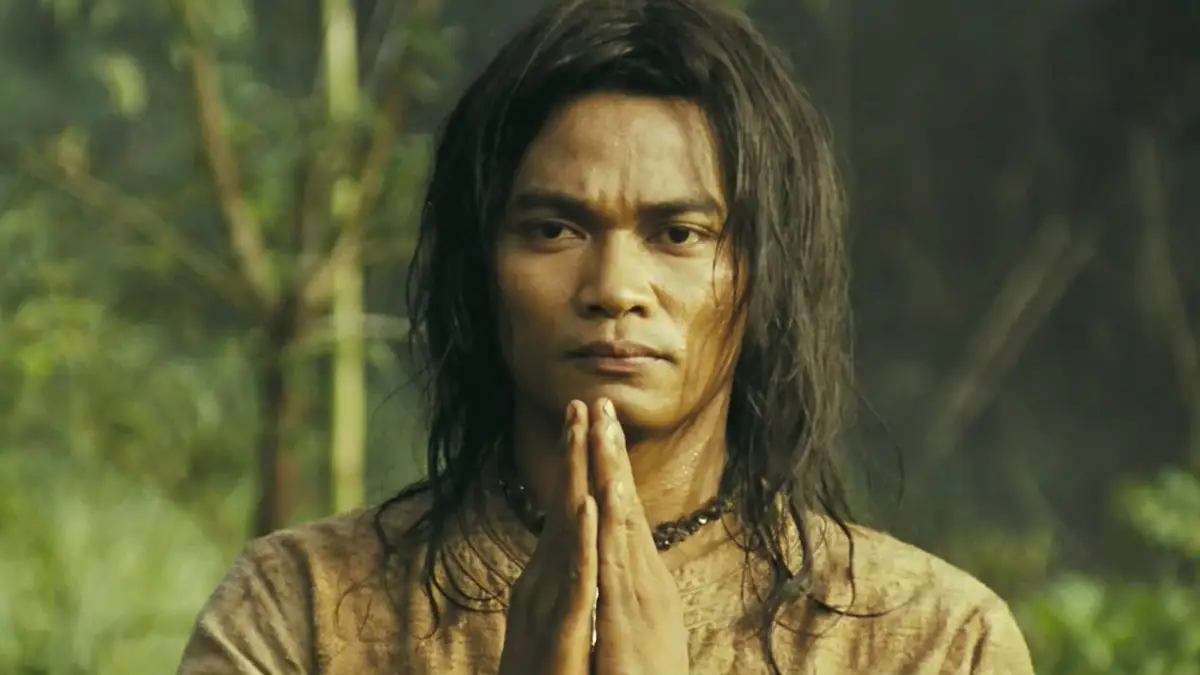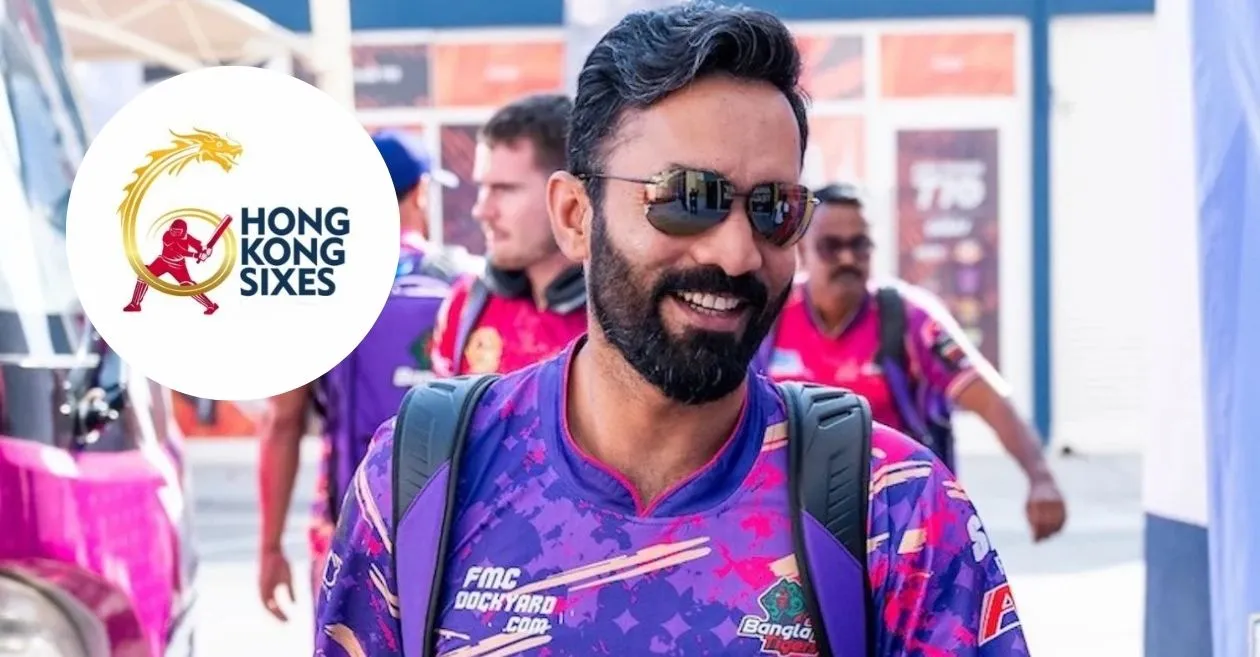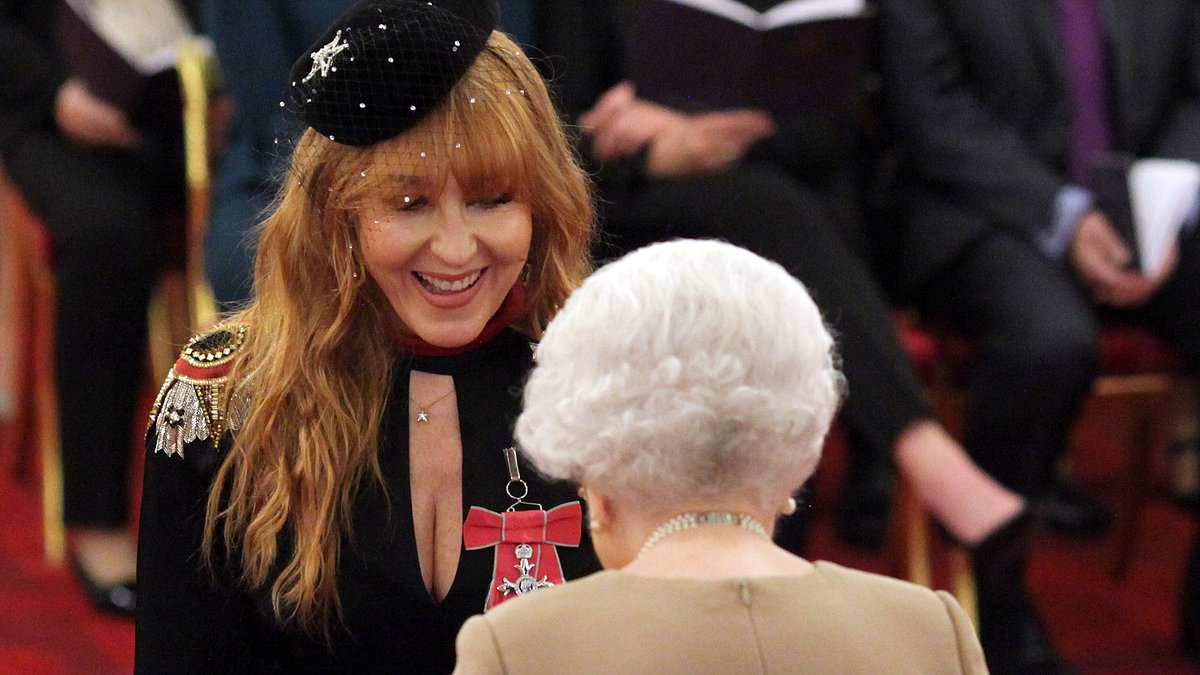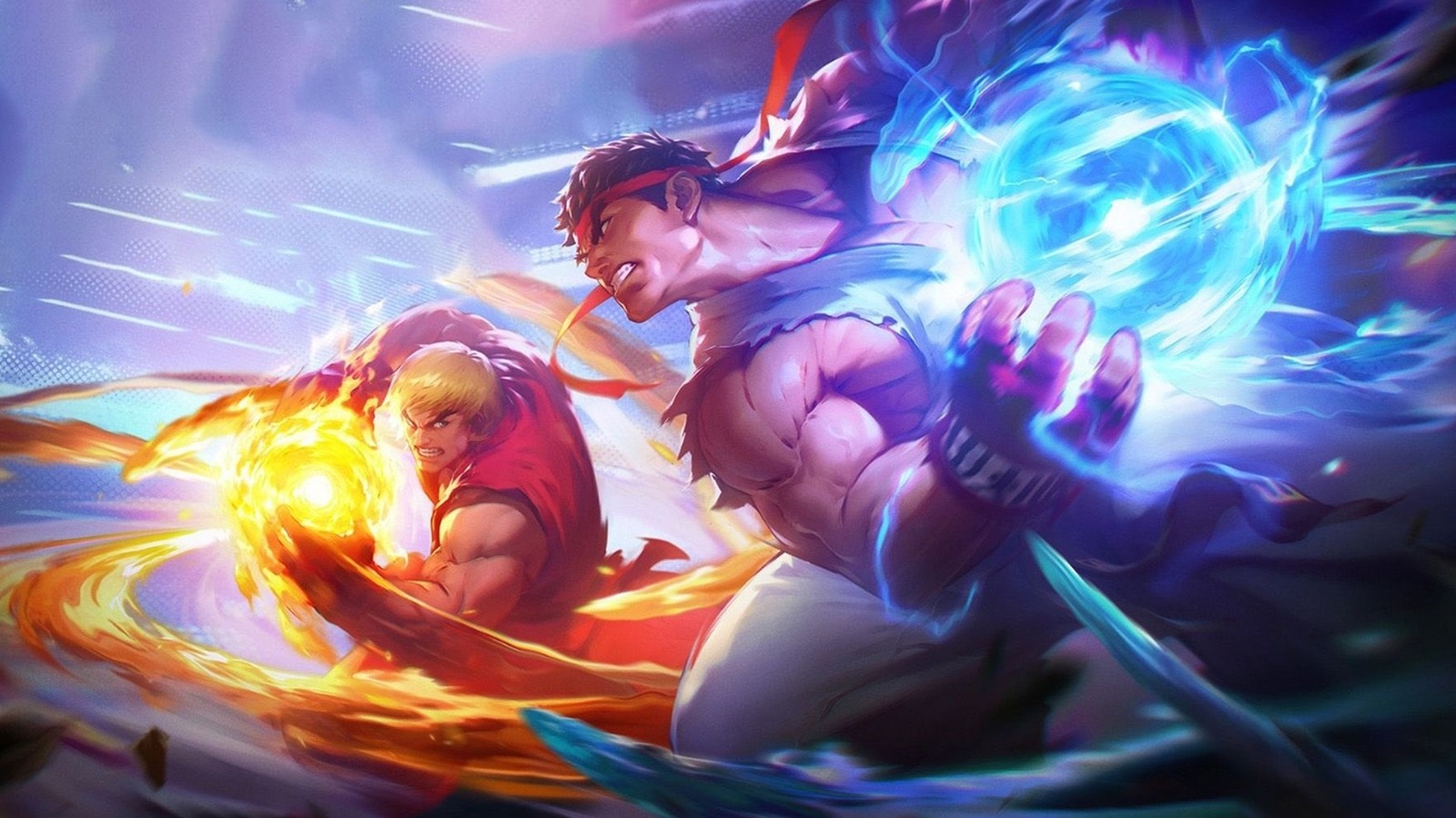
Nearly six decades of history have produced a long list of enjoyable franchises for the martial arts genre. Some, like Kickboxer and Once Upon a Time in China, sport more than five entries or were intended to be a trilogy but ended up lasting longer, as was the case with Ip Man. Others, however, ended their stories far earlier, cutting it short at three movies.
Ending at three helps avoid the risk of the franchise going stale. That makes sense, considering that many of the greatest movie franchises ever made are trilogies. That same principle also applies to the world of martial arts, which has witnessed the birth of several great film trilogies, across a variety of subgenres.
Over the years, a long list of films, from American-made martial arts cult classics to old-school kung fu movies, have paved the way for many hours of entertainment.
The Chu Liuxiang Series
It doesn’t have an official name, but the Chu Liuxiang series comprises three Shaw Brothers-produced movies: Clans of Intrigue, Legend of the Bat, and Perils of the Sentimental Swordsman. Released between 1977 and 1982, the trio of films centered on the adventures of Ti Lung’s Chu Liuxiang, a heroes who doubles as a martial artist and a detective.
Some of the mysteries can be overly convoluted, but the fight scenes consistently deliver, and the star power of the three films make them all the more compelling.
Armour of God
Originally a duology, the Armour of God series followed the exploits of Jackie Chan’s Asian Hawk in a format that combined the actor’s trademark slapstick humor, kung fu action, and the style of Indiana Jones. The unique blend of genres worked well for Armour of God, justifying a worthwhile sequel in Armour of God II: Operation Condor.
It took 22 years, but the series officially became a trilogy when Chan returned as an older Asian Hawk in Chinese Zodiac (a.k.a. CZ12). As it was with the first two installments, Chan’s involvement in the action relied heavily on him doing his own stunts, and that was in despite of his advancing age. In this way, it marked a memorable finish to a quality Jackie Chan action movie series.
The Brave Archer
In the late 1970s, Shaw Brothers assembled several of its biggest stars for The Brave Archer trilogy, one of many live-action adaptations of Louis Cha’s Legend of the Condor Heroes wuxia novels. The ensemble movies balanced large casts of heroes and villains, followed multiple plotlines, and offered cliffhangers not unlike the approach taken by The Lord of the Rings.
The Brave Archer series has two additional films in The Brave Archer and his Mate and Little Dragon Maiden, but they’re not direct continuations of the previous saga.
The epic scale of the films, the casts and the extensive world-building make the trilogy a fun watch. But it would have been even better if it had received a proper fourth entry that tied up all the loose ends and didn’t create confusion by recasting actors as different characters.
Rush Hour
Rush Hour is admittedly not one of Jackie Chan’s favorite movies, but the actor’s buddy cop action-comedy film succeeded in endearing itself to American audiences. The way that Chan and Chris Tucker were able to act off each other also served as the framework for two additional Rush Hour movies.
With Rush Hour 4 being in development limbo for years, the series has long remained a trilogy.
Rush Hour 3 was perceived as a disappointment, but both the first movie and its 2001 sequel are counted among Jackie Chan’s best American movies.
Shaolin Temple
Jet Li has been a leading figure in multiple movie franchises, with his first being the one responsible for his rise to stardom. Jet Li’s breakout role was in the 1982 martial arts classic, Shaolin Temple, which served as an excellent showcase of his kung fu talents.
The actor returned for two loosely-connected sequels, Shaolin Temple 2: Kids from Shaolin and Shaolin Temple 3: Martial Arts of Shaolin. Due to the latter being a Shaw Brothers film, it had the added benefit of superior production values in comparison to its two predecessors, and was in turn a gem in its own right.
The Water Margin
The Chu Liuxiang series wasn’t the only unofficial trilogy that Shaw Brothers devoted to a character played by kung fu superstar, Ti Lung. Between 1972 and 1975, Shaw Brothers made a three-movie saga that explored the exciting journey of Wu Song, a warrior in the ancient Chinese literatary tale, The Water Margin.
The story begins in the martial arts ensemble classic, The Water Margin, where Ti Lung’s Wu Song is one of several heroes. The Delightful Forest shifts the focus to Wu Song’s story in particular, and All Men Are Brothers concludes it in epic fashion by bringing it back to the ensemble format.
The Karate Kid
The first three of the six Karate Kid movies account for the basis of the entire franchise and its sequel series, Cobra Kai. The 1984 classic with Ralph Macchio became a cultural icon of the 1980s, with Daniel’s winning kick move becoming one of the most famous martial arts fight scenes of the decade.
The second and third movies in the trilogy were critically panned for their campy and overly dramatic characters, but Cobra Kai successfully rejuvenated the two sequels by reviving their characters and stories and giving them more depth, which has helped fans look back on them more fondly than before.
The Street Fighter
In 1974, Sonny Chiba starred in The Street Fighter, a Japanese martial arts movie. Leaning heavily on graphic violence, The Street Fighter sent Sonny Chiba’s Takuma Tsurugi on a bloody crusade, fighting gangsters on the streets of Japan. Tsuguri’s brutal fighting style helped the film develop a large following.
Chiba reprised his role as Takuma Tsuguri in two sequels, Return of the Street Fighter and The Street Fighter’s Last Revenge, with neither film holding back on the action and ridiculous – but entertaining – killing moves from its central protagonist.
Ong Bak
Tony Jaa established himself as a new superstar of the genre with his leading role in Ong Bak: The Thai Warrior. The 2003 martial arts revenge movie stunned audiences with its fight scenes, which were notably done without wire-work and special effects, and instead relied heavily on Jaa’s talents as a fighter.
Afterward, Ong Bak extended into a trilogy, with Jaa starring in a two-part prequel story, Ong Bak 2 and Ong Bak 3. As period pieces, they differ a bit from their modern-day predecessor, yet still feature similar themes and Ong Bak’s commitment to realistic and gritty fight scenes. However, the narrative becomes formulaic after a time, and never matches the shock and awe of the first film.
The 36th Chamber
Boasting one of the greatest kung fu movies of all time as the first film in its trilogy, The 36th Chamber is a must-watch series for any fan of the genre. After nearly an entire film of grueling training sequences for Gordon Liu’s San Te, a sequel – Return to the 36th Chamber – revisited the lore of the first film with a new protagonist for Liu to play.
The third film, Disciples of the 36th Chamber, brings back San Te to train a new generation of Shaolin monks, and while it doesn’t equal the splendor of the first film, it meets the standards set by the extraordinary martial arts choreography and action.



